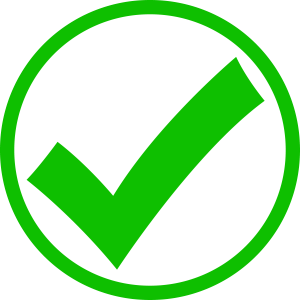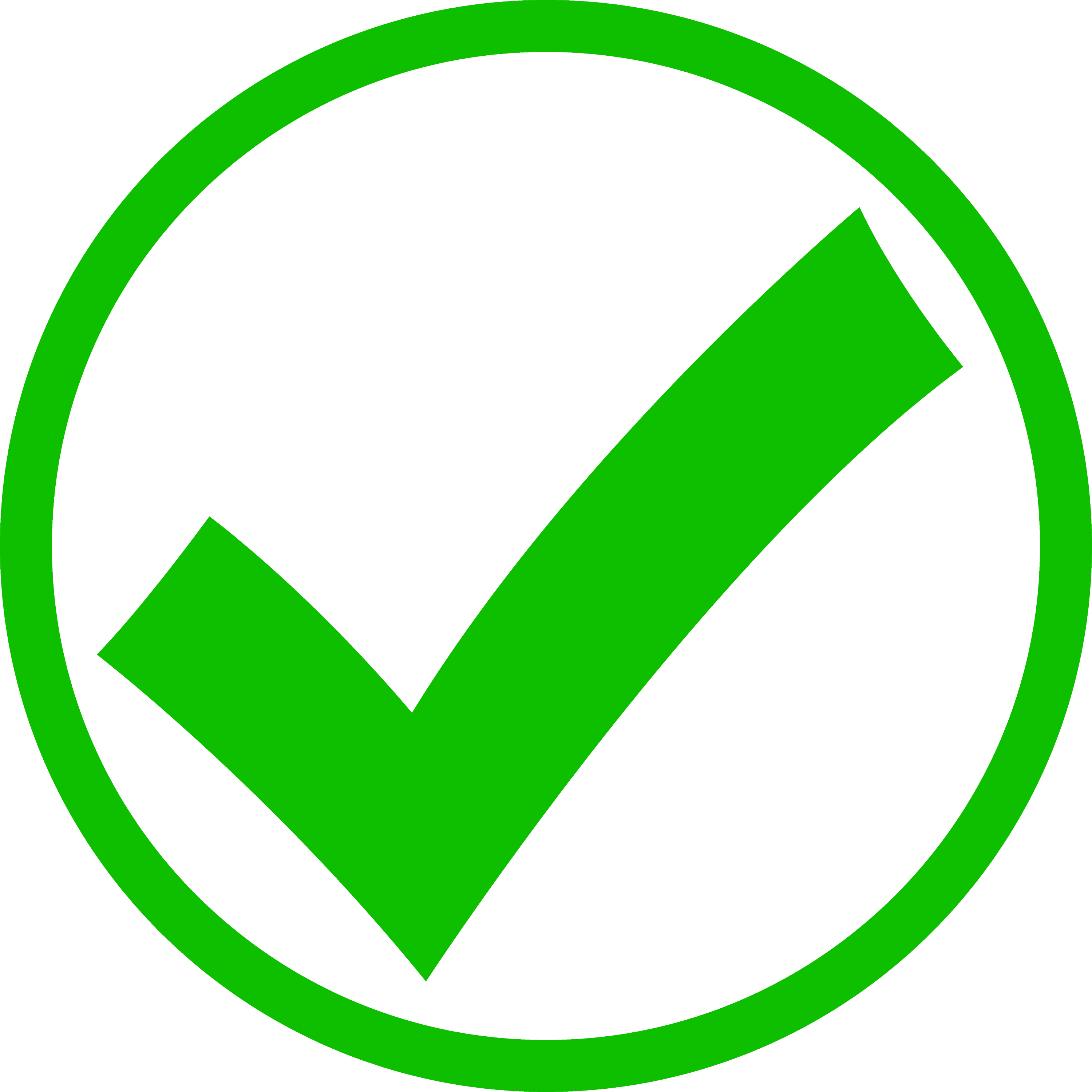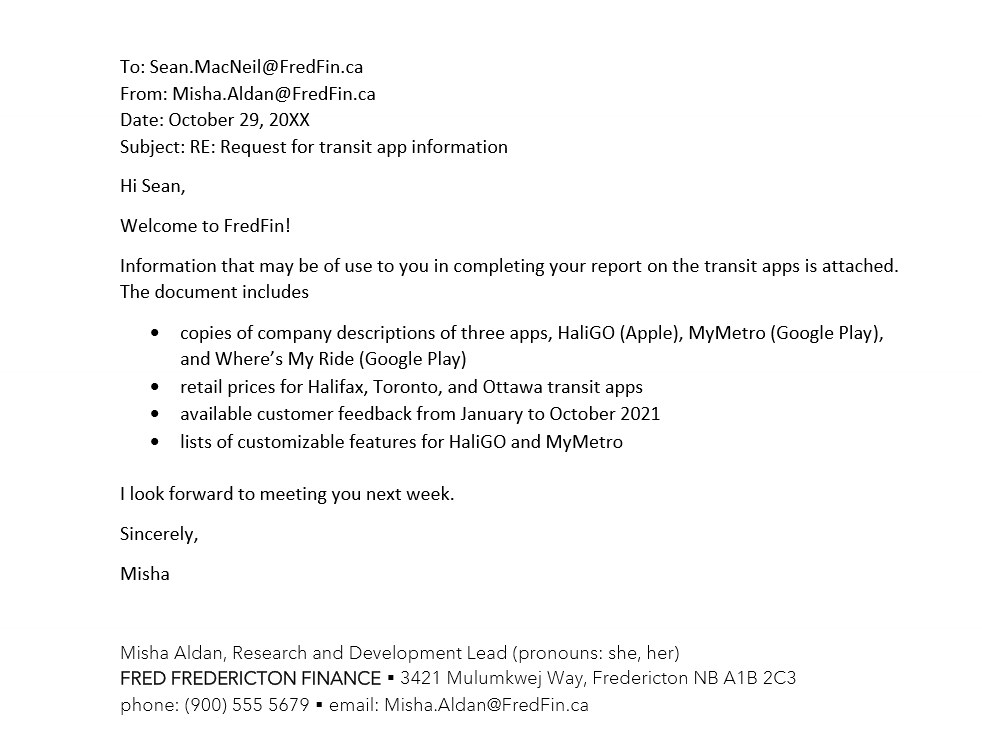4.4 Routine, Positive, and Informational Messages: Email
Linda Macdonald
Sections of this chapter are adapted from Lean, Ethical Business Communication (2017), by Binod Sundararajan and Linda Macdonald, published by Oxford University Press. Used with permission from the publisher.
Learning Objectives
- Outline the common form of a routine or informational message
- Develop appropriate strategies for communicating by email
- Utilize techniques for designing effective routine or informational message
 Most messages within the workplace are routine, informational messages delivered by email. Many of these messages are positive– thanking people for their contributions to a unit or announcing sales increases, for example. Most are neutral messages that convey or request information or action as colleagues share data and resources and work toward the organization’s goals.
Most messages within the workplace are routine, informational messages delivered by email. Many of these messages are positive– thanking people for their contributions to a unit or announcing sales increases, for example. Most are neutral messages that convey or request information or action as colleagues share data and resources and work toward the organization’s goals.
A 2019 article in The Guardian states that the average office worker may receive 121 emails and send about 40 each day (Spicer, 2019). This number likely went up with the increased number of people working at home in 2020.
Writing in a clear, concise, and organized manner can help manage this large flow of information and increase work productivity. Language choices and design techniques contribute to the effectiveness of these routine messages. Simple language that delivers the content clearly and precisely is essential for avoiding miscommunication. Design (for example, white space, lists, short paragraphs, or use of bold) enhances readability.
YouTuber and former management consultant Jeff Su offers email etiquette tips for the workplace. These tips focus on composing emails with the perspective of the audience in mind. When you first enter the workplace, you may feel reluctant to be direct in an email. Su says, “Oftentimes when we’re emailing someone more senior to us, we feel obligated to explain why we’re emailing right at the beginning so it doesn’t seem like we are bothering them.” This approach is counter-productive, according to Su; busy professionals would prefer to see the main point first followed by the context.
Jeff Su’s video “8 Email Etiquette Tips” appears below, The video includes six questions. At the end of the video, you will see a green button to submit your responses.
Reflection and Discussion
1. Age, gender, culture, and industry standards influence the acceptance of emojis in the workplace. A 2019 Forbes article cites Vik Verma, 8×8 Inc. CEO: “[E]mojis help employees communicate more effectively with each other. They can indicate tone that might otherwise be misconstrued and can boost credibility” (Robinson, 2019). Do you think emojis are appropriate for internal office communications? What should be considered in determining appropriateness? Are emojis acceptable in external communication?
2. What additional tips would you offer for effective email etiquette?
Case Studies: Workplace Emails
Each of the following cases illustrates the challenges of effective email communication. The writers need to assess their audience, clearly understand and articulate the purpose of the message, and deliver it in a form appropriate for the workplace.
The Case of Sean MacNeill: Informational Email
On his first day on the job at Fred’s Fredericton Finance, Sean (they/them) is asked by the supervisor, Maru Renault (he/him), to compose a message of introduction to the marketing team. Maru asks Sean to show him the message before sending it. Sean considers this task to be fairly simple and composes the following message. Click on the blue buttons for explanations.

Sean’s supervisor reads the draft email and asks Sean to reconsider the approach. First, Maru points out that Sean should consider the purpose of the message. Sean was asked to provide a self-introduction. How would Sean like the marketing team to see them? The email message is Sean’s first impression and should consider the professional relationship Sean would like to establish with the team. What message does the email convey? And what does Sean want the audience to do or feel as a result of the message?
Maru also points out that Sean has not considered their audience. The style of Sean’s message is more appropriate for a text message to a friend than an email to co-workers. The message will be received by everyone on the marketing team, from recent hires to senior management. The relaxed and casual workplace environment at Fred’s Fredericton Finance does not mean an informal, chatty message is appropriate. Maru asks Sean to think about what the audience might want to know about them– perhaps their new role in the organization and what university they are from– and to use the message as a way to establish working relationships.
Sean reconsiders the purpose of the message. Sean wants to use the message to establish a professional relationship with co-workers. Although Sean would like to appear friendly and competent, they want to be regarded as a professional, not as a student. Sean would also like to build a professional network. Sean decides that it is best to err on the side of formality in the message rather than informality.

Sean’s revised message follows a common organizational pattern for workplace emails. The message
- clearly identifies the main point or purpose in the subject line and in the first paragraph where Sean announces their role with the company.
- provides additional detail by communicating interest in the company and the position.
- concludes with a courteous close in expressing their interest in meeting new colleagues and provides the readers with contact details.
The revised message considers the audience. Because the audience consists of busy professionals, Sean uses a direct yet friendly approach. Sean imagines that the audience may wonder how to make contact, so Sean anticipates this need by including where they can be found and how they can be reached. The format of the letter also addresses audience needs. The message has a clear subject line so that the audience knows what the message is about. White space makes the message more readable in an online email format. The signature block is in a standard form familiar to the readers.
The Case of Sean MacNeill: Routine Request for Information
Maru then assigns Sean their first task. The company is looking for potential investment in the growing city of Halifax. He asks Sean to look at the various apps available in Halifax for identifying and tracking bus routes. He would like Sean to write a report for him on the basic content, cost, and customer feedback of these existing apps. Some information has already been compiled by another member of the Marketing team, Misha Aldan (she/her). Maru asks Sean to request the information from Misha and to begin work as soon as possible; Maru will need the information by next week’s strategy meeting. Misha, he says, is away at a conference in Calgary for the rest of the week, but she took her computer with her.
Sean’s message below contains three essential parts for a message of request. Sean
- opens with the main point or purpose of the message (a request for information).
- explains the background and provides detail (in this case, the strategy meeting and the importance and timeliness of the request).
- closes by repeating the request (send the information by tomorrow) and a courteous close (thanking the recipient).
Click on the blue buttons for explanations.

Sean’s message uses four short paragraphs to enhance readability. Because Misha is away at a conference, she may only have time for a quick read of the email. Sean uses white space to enhance readability by effectively dividing the message into sections and highlighting the question that starts the third paragraph. They also omit any irrelevant statements out of respect for Misha’s time and to maintain professional formality.
The Case of Misha Aldan: Response to Request for Information
Misha can easily read and understand what Sean needs to complete his report. She moves quickly to the point of her message without being abrupt or rude. Her bullet-point summary of the information included in the attachment highlights the information, eliminates unnecessary language, and enhances readability. Design features, including white space and a sans serif font, make the message easy for the audience to read in an online format.


The Case of Lara Leveaux: Emailed Information Report
Lara (she/her) has been working in accounting at APPFORMS, a firm that develops mobile applications for computers and smart phones, for several weeks. Her supervisor, Yue Goldberg (she/her), has requested that she calculate and report on the the sales of the company’s Maple Green app. This app helps users identify retail stores, restaurants, and growers that sell organic products.
Yue asks Lara to look at Maple Green’s monthly earnings for the past year. She would like Lara to determine if the Best New App Award in March and the addition of interactive features in June coincided with increased sales. Lara is to report her findings to Yue and to the app development team.
Lara begins by gathering the monthly sales of the app, a $2.00 Android application, for the past year. She could present the sales by month in a list, but to make the trends in the data easy to see in a glance, she decides to use a line graph. She ensures that the x and y axes are labelled appropriately. Since there are only twelve data points, she feels that the chart would be even more useful if she adds data labels indicating the sales figure for each month on the line graph.
Lara constructs her email to Yue Goldberg and her team. She realizes that this information is one of many pieces of information that Yue and her team will use in decision-making. She decides that a direct approach in presenting the information is best for an audience that needs to access the information quickly and easily. She decides not to begin with social comments or questions but to move directly to the information requested.

Check Your Knowledge (4 questions)
Key Takeaways
To assist the flow of work in business, be direct, concise, and polite. Routine and informational email business messages should
- Open with the purpose or main point of the message.
- Provide any background or necessary details.
- End with a courteous close.
In addition to precise language and a clear organizational strategy, use design techniques like white space, lists, sans serif fonts, and visuals to make the information as readable as possible.
References
Robinson, B. (September 7, 2019). Emojis: An essential tool for innovative business communication. Forbes. https://www.forbes.com/sites/bryanrobinson/2019/09/07/emojis-an-essential-tool-for-innovative-business-communication-really/?sh=7b1fe5e6c9e6
Spicer, A. (April 8, 2019). How many work emails is too many?. The Guardian. https://www.theguardian.com/technology/shortcuts/2019/apr/08/how-many-work-emails-is-too-many

